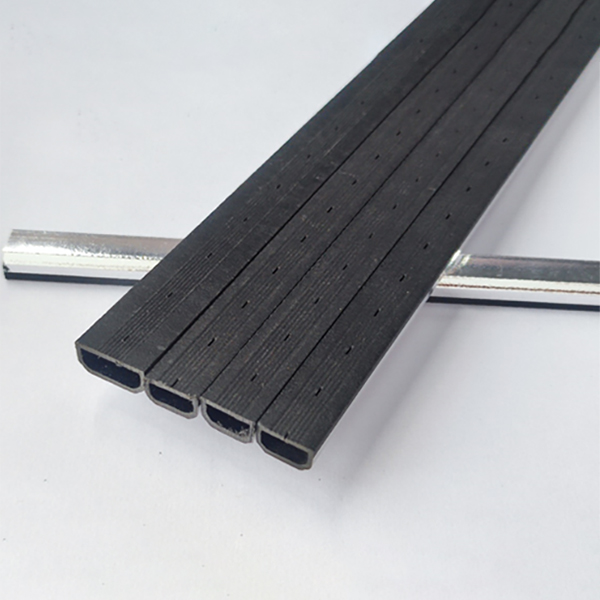Comparing Performance: The 12A Middle Glass Warm Edge Spacer vs. Traditional Aluminum Spacers
2024-05-24
As the construction industry advances, the focus on energy efficiency and thermal performance has become paramount. One significant component in this drive is the window spacer, a critical element in insulated glass units (IGUs). The 12A Middle Glass Warm Edge Spacer represents a leap forward in technology compared to traditional aluminum spacers. This blog will explore the differences between these two types of spacers and highlight how the 12A spacer outperforms its aluminum counterpart.
Understanding the Basics
Traditional Aluminum Spacers:
- Made from aluminum, known for its high thermal conductivity.
- Commonly used in IGUs for many years.
- Provides structural support but contributes to thermal bridging, leading to energy loss.
12A Middle Glass Warm Edge Spacer:
- Made from low thermal conductivity materials such as polymeric composites.
- Designed to reduce thermal bridging and improve energy efficiency.
- Incorporates advanced sealants and desiccants to enhance performance.
Key Performance Metrics
1. Thermal Conductivity and Energy Efficiency
Aluminum Spacers:
- High Thermal Conductivity: Aluminum is an excellent conductor of heat, which means it transfers heat and cold efficiently between the interior and exterior of the window. This leads to significant heat loss in winter and heat gain in summer.
- Thermal Bridging: Creates a path for thermal transfer, increasing energy consumption for heating and cooling.
12A Warm Edge Spacer:
- Low Thermal Conductivity: Made from materials with low thermal conductivity, significantly reducing the amount of heat that passes through the spacer.
- Energy Savings: By minimizing thermal bridging, the 12A spacer helps maintain a stable indoor temperature, reducing the need for excessive heating or cooling and lowering energy bills.
2. Condensation Resistance
Aluminum Spacers:
- Higher Risk of Condensation: The high thermal conductivity of aluminum can lead to the interior surface of the window becoming cold, increasing the likelihood of condensation forming on the glass.
- Potential for Mold and Damage: Condensation can lead to mold growth and damage to window frames and sills.
12A Warm Edge Spacer:
- Enhanced Condensation Resistance: The low-conductivity materials help keep the edge of the glass warmer, reducing the risk of condensation.
- Improved Indoor Air Quality: By minimizing condensation, the 12A spacer helps prevent mold growth, contributing to a healthier indoor environment.
3. Durability and Longevity
Aluminum Spacers:
- Durable but Rigid: Aluminum spacers are durable but can be prone to issues like seal failure due to their rigidity and the stress placed on the sealant over time.
12A Warm Edge Spacer:
- Flexible and Durable: The materials used in the 12A spacer are designed to be flexible, accommodating the natural expansion and contraction of the IGU. This flexibility reduces stress on the sealant, enhancing the overall durability and longevity of the window.
- Improved Seal Integrity: The advanced sealants used with the 12A spacer maintain their integrity over time, ensuring long-lasting performance.
Conclusion
The 12A Middle Glass Warm Edge Spacer offers substantial performance advantages over traditional aluminum spacers. By reducing thermal conductivity, minimizing condensation, enhancing durability, and improving overall comfort, the 12A spacer is a superior choice for modern window systems. Whether for residential or commercial applications, opting for the 12A Warm Edge Spacer can lead to significant energy savings, increased comfort, and better long-term performance. As the push for energy-efficient and sustainable building solutions continues, the 12A spacer stands out as a critical innovation in achieving these goals.


